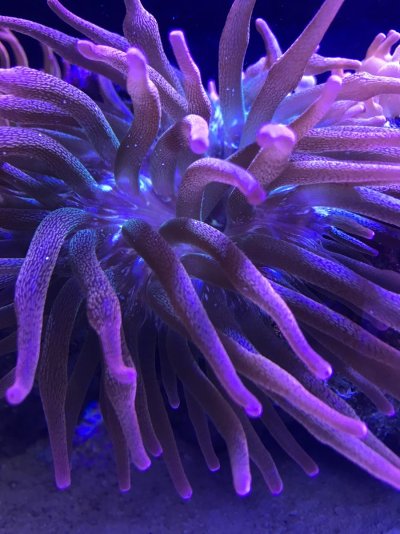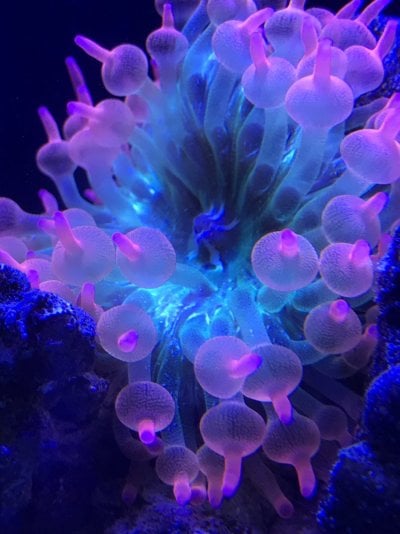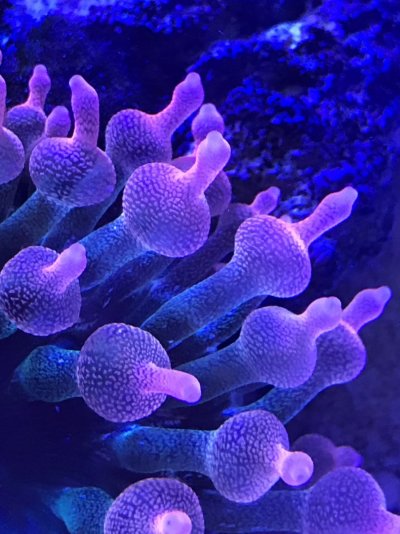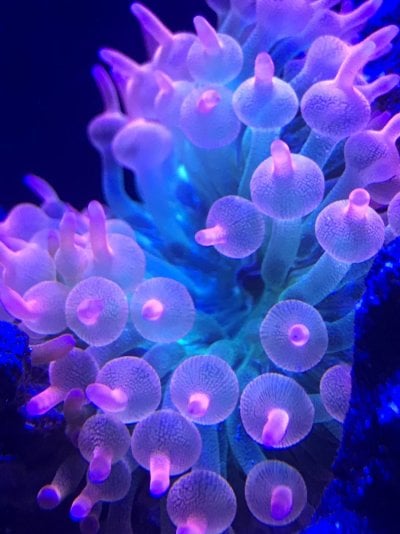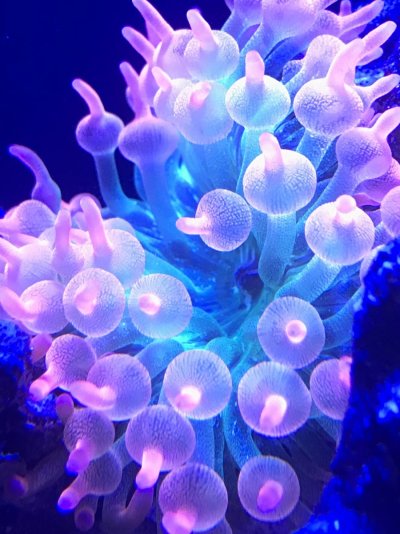- Joined
- Apr 8, 2017
- Messages
- 10
- Reaction score
- 7
Has anyone had any experience with RBTA changing colour? They all start off the traditional dark reddish-orange as per the first photo when I introduce them to the tank. Then over the course of a couple of months they change to an almost neon orange - see subsequent photos. I don’t mind the colour change, they appear to be healthy and I target feed once a week. They’re under a Radion G6 Pro modified AB+ schedule with 90% peak intensity. The tank is an anemome-only set up with no corals. I carry out weekly 10% water changes and tank parameters are as follows: Alk 8.2, Calc 430, Magn 1380, nitrates 5, Phosphates 0.02, salinity 35. Should I be worried or is this just something they will do in response to tank parameters?
